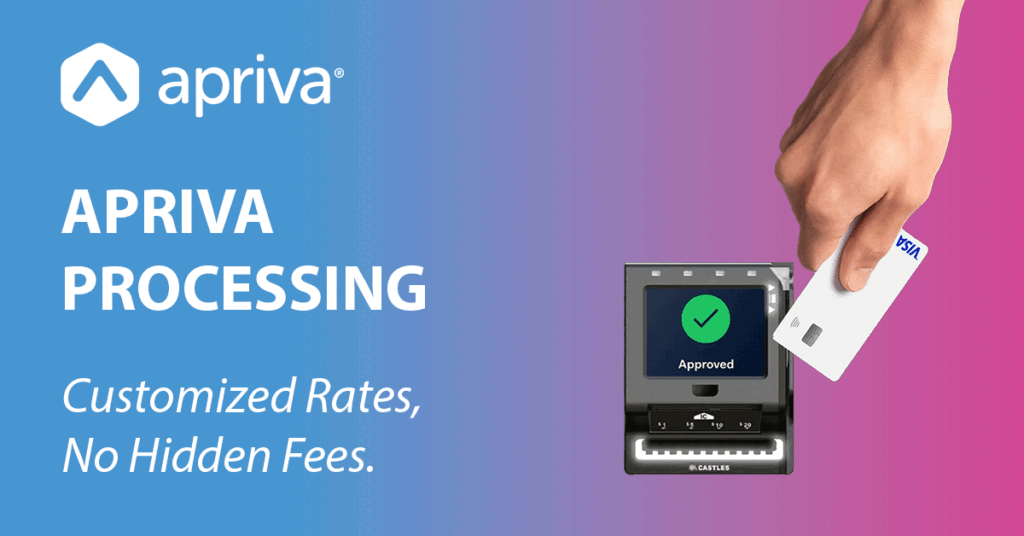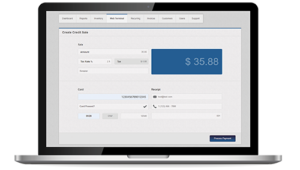This fall, the United States hit the one-year mark on EMV and the question the industry is hearing from many people is, “Why is this taking so long?”
It may seem like one year should be enough time to fully complete this transition, but in reality, the work that goes into EMV certifications is much more complicated than you might imagine. It’s going to take a while before we’ve completely moved over to EMV transactions across the board. Here’s a look into all the steps it takes to certify just one processor over one gateway, on one device.
- An EMV Application Request must be submitted to the payment processor to be “considered” for an EMV certification. The application request must contain the type of software (and version), the hardware device (noting that a terminal device must already have valid EMVCo Level 1 and 2 certifications), and the payment transaction types that will be part of the EMV certification. The payment processor will approve or deny your request. This can take weeks to happen as all of these items are considered and while it is determined whether all the components are in place.
- If the processor approves your request, the next step is that the payment processor will assign a Certification Analyst. This can take many weeks or months in some cases while the analysts complete other, already in progress, certifications.
- Once the analyst is assigned, the EMV project begins with Magnetic-Stripe Certification. You must test your current connection with that processor to make sure that your new EMV software didn’t break the traditional magnetic stripe reader (MSR) support connection in place. This step can also take weeks or months. If you don’t pass the initial certification, you have to start over from the beginning and wait for testing to be reassigned.
- The next phase is Pre-Certification EMV Testing. In this phase you must ensure all transaction types (NFC, EMV, MSR, Apple Pay, etc.) pass before moving into certification with each individual card brand. Again, this too can take weeks/months because if a transaction doesn’t pass pre-cert, you have to get back in the queue.
- The next phase is Card-Brand EMV Certification. These are device and processor specific and separate for each card brand (Visa, MasterCard, Discover and AMEX). Each of these brands have their own process and timeline for approvals.
- The final certification comes in the form of your official written EMV Certification Letter. When you have passed testing with all card brands, the processor issues copies of the official letter so you can release to the market. This letter can take over a month to arrive.
Now imagine this process being replicated countless times for every card brand, every device and every processor. With each certification taking months to even over a year, you can see why EMV is not an easy transition.
By using a gateway like Apriva’s, we take care of this painstaking process so that merchant service providers don’t have to. For merchants that certify individually, you can only imagine how difficult this process must be. Apriva now has several certifications under our belt and earned one of the most comprehensive portfolios of EMV connections available today.
While it is taking some time, the transition to EMV is an important one to ensure greater security for all of our transactions, so we will continue to work with our partners to create the connections and certifications to reach a point when all transactions are EMV.



